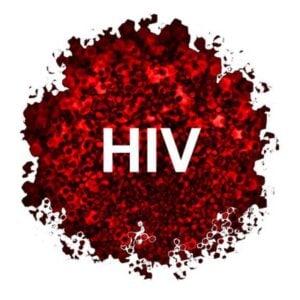South Africa welcomed a U.S. bridging plan worth $115 million to continue funding HIV treatment and prevention programs until the end of March, viewing it as a positive sign of bilateral cooperation despite recent tensions. The U.S. President’s Emergency Plan for AIDS Relief (PEPFAR) has saved over 25 million lives globally, with South Africa having the largest population of people living with HIV.
Earlier in 2025, U.S. President Donald Trump issued an executive order suspending all foreign aid to South Africa, including PEPFAR. While a temporary waiver was granted, most funding remained frozen or was terminated in late February, causing job losses and disruptions in HIV services. The U.S. had previously contributed over $400 million annually to South Africa’s HIV programs, representing about 17% of total funding.
The freeze led to the layoff of more than 8,000 health workers and the closure of 12 specialized HIV clinics run by nongovernmental organizations funded by USAID. South African Minister in the Presidency Khumbudzo Ntshavheni noted that the bridge plan addressed complaints about insufficient warning for budget preparation and affirmed that the countries could resolve issues amicably.
Despite the positive reception of the bridge plan, broader U.S.-South Africa relations have been strained. Trump accused South Africa of genocide against minority white Afrikaners, suspended financial aid, imposed tariffs on South African exports, and criticized the country’s stance on the Israel-Hamas conflict. South Africa has also taken legal action against Israel at the International Court of Justice over allegations of genocide in Gaza.
Health Minister Aaron Motsoaledi highlighted that the U.S. is revising its approach to PEPFAR, allowing countries transition periods of up to five years before funding stops completely. While the plan is still in development, South African officials see it as a positive step to mitigate disruptions in critical HIV services.







